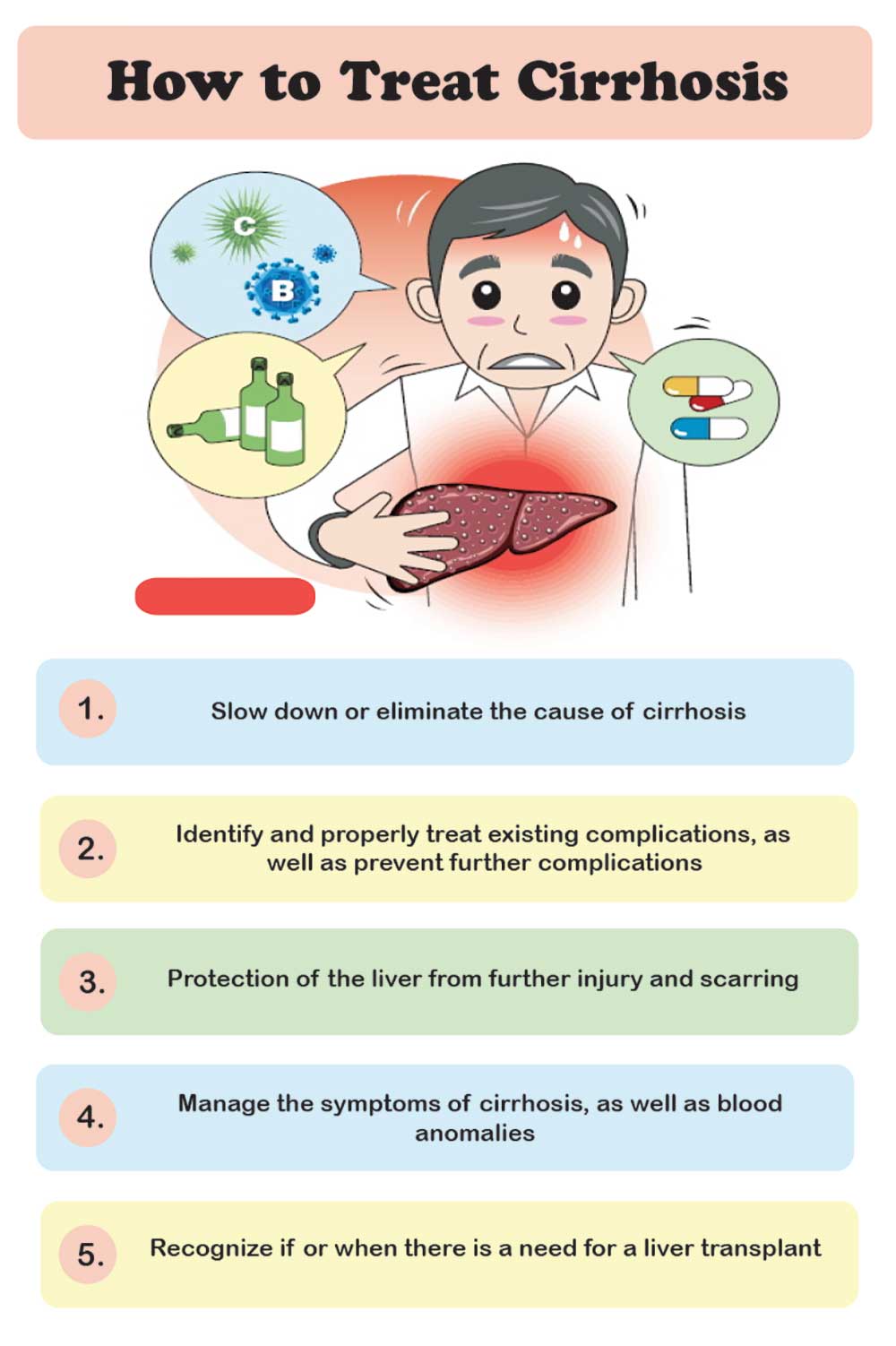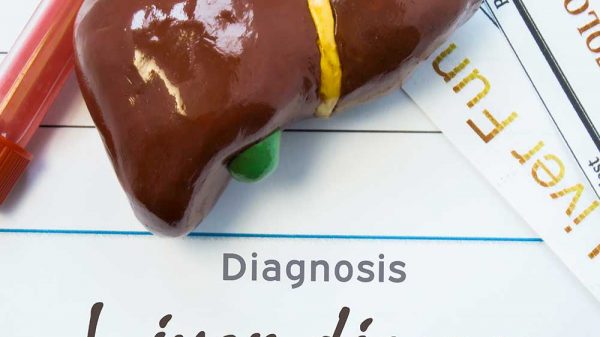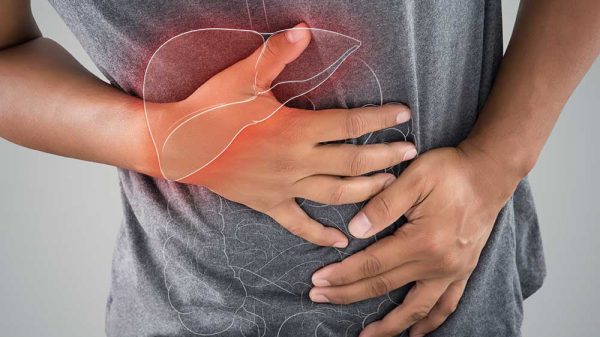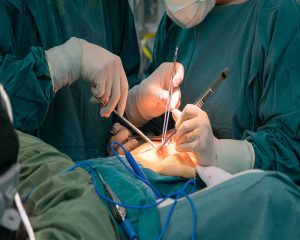If you receive a diagnosis of cirrhosis from your doctor, it means that there is a condition causing scar tissues (fibrosis) in your liver. That’s not all. Furthermore, it means that these scar tissues are gradually replacing the healthy cells in your liver. It takes quite a long time for this to happen due to infection or excessive intake of alcohol. But then, if you have received such a diagnosis, what is the way forward? Is cirrhosis reversible? Is there a way to fix the internal damage that has been done? Sadly, there is no way to fix already done damage. However, research suggests that the reversal of cirrhosis may become possible in the future.
Each time the liver is injured, it does self-repair. And just like the skin, after the repair, there would be some scar tissue. If there is so much injury over time, and lots of scar tissue has built up in the liver, it would not be able to work right. The accumulation of scar tissue in the liver is what cirrhosis is all about. What then, if you can’t reverse cirrhosis? Well, you can nip it in the bud early and prevent further damage. More so, there are quite a few treatment options to keep any problem or complication in check. Why is cirrhosis even that much of a big deal? It is a big deal because the organ it affects, the liver, is very vital. Its job in the body is very important and no other organ can compensate for all of its functions.
The Reversal of Cirrhosis And Its Possibility
When your doctor tests you and says that what you have is cirrhosis, he may also inform you about the stage of cirrhosis. There are generally two options – compensated cirrhosis and decompensated cirrhosis.
What does it mean if your cirrhosis is still at the stage where it is compensated? It means that despite the scarring, your liver can still carry out many of its important functions. If that is the case, you may not be experiencing any symptoms whatsoever.
But then, it is a different ball game entirely with decompensated cirrhosis. In this case, the scarring is so severe already and your liver is no longer working right. At this point, there may be lots of symptoms already.
As of this moment, it is impossible to reverse the damage that has happened to the liver already. However, it is possible to still get the liver back to its optimal function.
So then, the damage cannot be reversed, but the effects can be reversed. As long as there is still one-third of the liver that is not yet damaged, it is very possible to restore full function.
It is, however, important to understand what is causing liver damage and get rid of it as much as possible. If it is an infection, then the infection must be treated. And if it is medication or alcohol, then you should get rid of it too.
With that, you can be sure that there won’t be further damage to the liver. So, you can focus on how to reverse the effects of the existing damage.
You can still live a very healthy life if you have cirrhosis. This is true especially if you discover the cirrhosis at its very early stages. However, you may need to make lifestyle adjustments to manage the condition.
For instance, you may have to watch your weight, control your blood sugar levels, and quit drinking alcohol among many other things. Diet management may also be required as well.
How to Treat Cirrhosis
If you have cirrhosis, you should not treat it at home. You should rather get expert care from a licensed healthcare provider. Usually, there are five main goals in the treatment of cirrhosis. Everything that is done to treat cirrhosis is centered on these five goals:
1. Slow down or eliminate the cause of cirrhosis
This is the very first goal. Once the underlying cause of damage to the liver is known, you should either slow it down or eliminate it if possible.
Cut down alcohol or cut it out completely. Treat hepatitis or any other infection that may be damaging the liver. Treat fatty liver disease and get rid of anything that may have caused it.
2. Identify and properly treat existing complications, as well as prevent further complications
A healthy liver performs many important tasks in the body. It clears out toxins from your blood, as well as breaks down alcohol and certain drugs. The liver also makes proteins that are vital for clot formation and digestion among many other things.
As such, when your liver can’t function properly, there will be complications. One of the goals of treatment is to find out the existing complications, treat them, and prevent other complications from occurring.
3.Protection of the liver from further injury and scarring
If you already have cirrhosis, you can’t afford to damage your liver any further. So you may have to vaccinate your liver to prevent infections, as well as stay away from alcohol and medications that can cause liver damage.
4.Manage the symptoms of cirrhosis, as well as blood anomalies
Aside from complications, there are typical symptoms that people with cirrhosis may experience. These symptoms must be well managed so that they would not interfere with your day-to-day activities and quality of living.
5. Recognize if or when there is a need for a liver transplant
If the damage is so bad and nothing else can be done, the only option would be to schedule a liver transplant. A surgeon would replace the damaged liver with a healthy one. Aside from the fact that not everyone with cirrhosis is amenable to transplant, getting a donor-liver is very difficult.
Summary
Reversal of cirrhosis, is it even possible? No, it is not. You cannot fix or reverse any damage to the liver. However, you can compensate for the damage. You can get the liver back to its full function as long as one-third part of it is still free of damage. Meanwhile, liver cirrhosis should not be managed by self-care, but by expert care from a professional physician.
























